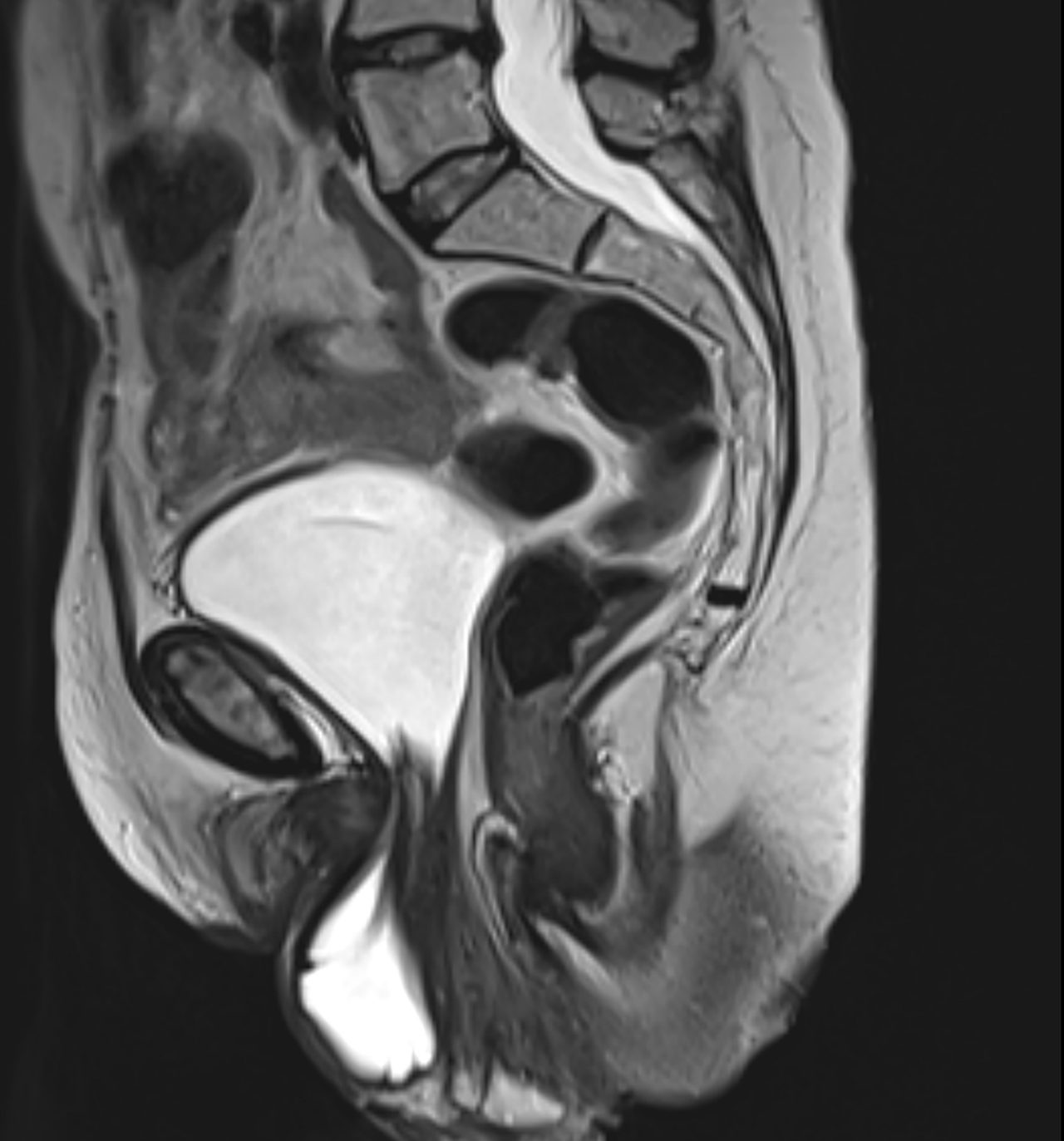Treating Pelvic Organ Prolapse Without Surgery

Pelvic organ prolapse can be successfully treated. A modern version of an ancient therapy for the problem, vaginal pessaries, can help many avoid surgery.
A combination of the aging population and the obesity epidemic has contributed to an increase in women in the U.S. experiencing pelvic organ prolapse. The condition develops when muscles and tissues supporting the pelvic organs (the uterus, bladder, and rectum) become weak and one or more organ presses or drops into or out of the vagina, the North American Menopause Society (NAMS) explains.
Unfortunately, some women are too embarrassed to seek medical help for their symptoms. or they assume their discomfort is just an inevitable part of reaching middle age and beyond. But the condition is highly treatable.
While surgery can be a solution, researchers have found a non-invasive therapy first used in several ancient civilizations — vaginal pessaries — can alleviate symptoms of pelvic organ prolapse safely and reduce the need for an operation.
YOU MIGHT ALSO LIKE: What Is a Healthy Weight for Women?
Risk factors and symptoms of pelvic organ prolapse
About one in five women in the U.S. will experience pelvic organ prolapse, according to NAMS. Risk factors include a vaginal childbirth, especially if a woman delivers a very large baby (8.5 lbs. or more) or gives birth to several children. It’s important, however, to note that women who have never had a child through a C-section — or never had a baby at all — can still develop the problem.
Long-term pressure on the abdomen from obesity, a chronic cough, or habitual straining to have a bowel movement is also a risk factor. Hormone shifts during menopause, when estrogen levels decrease, are associated with an increased incidence of pelvic organ prolapse, too. Entering the senior years of life also raises the risk. In fact, about 37 percent of women with pelvic organ prolapse are 60 or older, according to the U.S. Department of Health and Human Service.
Symptoms of pelvic organ prolapse can include:
- A feeling of pressure or aching in the pelvic area that may worsen when standing or coughing
- A bulge in the vagina that can sometimes be felt
- An uncomfortable feeling of pressure in the vaginal area during exercise or sex
- Leaking urine (incontinence) or unusual discomfort while having a bowel movement
- Problems inserting a tampon
Surgery is not the only treatment for pelvic organ prolapse
For pelvic organ prolapse that is not severe, a woman’s doctor may refer her to a physical therapist to learn how to perform pelvic floor exercises (Kegels) to strengthen pelvic floor muscles. Losing weight and eating more fiber-rich food can prevent constipation and straining during bowel movements (which can increase the severity of pelvic organ prolapse).
When it comes to other treatments for more worrisome symptoms of the condition, a removable device, called a pessary, can be inserted into the vagina to support the pelvic organs — and it may be the first option a doctor advises a woman to try. Pessaries are non-invasive and are removed for cleaning.
Surgery, however, is often suggested, especially for women with serious prolapse of the vagina or uterus. The operation is performed either through the abdomen or vagina. While this operation can be an effective solution to the problem, there are risks to any surgery.
Women who want to avoid surgery may be able to use pessaries as an alternative. Although vaginal pessaries, soft, removable devices inserted into the vagina, have been used for thousands of years to treat pelvic organ prolapse, NAMS points out, few studies have investigated how well the devices work when they are used consistently and over time. But NAMS-backed, long-term research into modern day pessaries (specifically, the common ring-shaped pessary and the Gellhorn pessary, which provide the strongest support for severe prolapse) has revealed pessaries, when used consistently, are effective non-surgical alternatives to pelvic reconstructive surgery.
Vaginal pessaries are a safe solution for many women with pelvic floor prolapse
The study, published in the journal Menopause, involved about 200 women with pelvic floor prolapse who were fitted with pessaries and followed for five years. The research subjects were questioned about their satisfaction with the pessaries, and the researchers documented why any women discontinued using the devices. The study also assessed any possible complications.
The results determined that 75 percent of the women showed significant improvements in their condition, with only minor complications reported. A minority of research volunteers who opted to stop pessary use (sometimes because they had difficulty with self-care and were unable to place their pessaries themselves) had reconstructive surgery within the next two years.
"This study highlights the efficacy and long-term acceptability of pessaries for women with symptomatic pelvic organ prolapse, positioning them as a simple and safe solution that may obviate the need for pelvic reconstructive surgery," said Stephanie Faubion, MD, Mayo Clinic women’s health researcher and the medical direct of NAMS.
Updated:
February 16, 2022
Reviewed By:
Janet O’Dell, RN